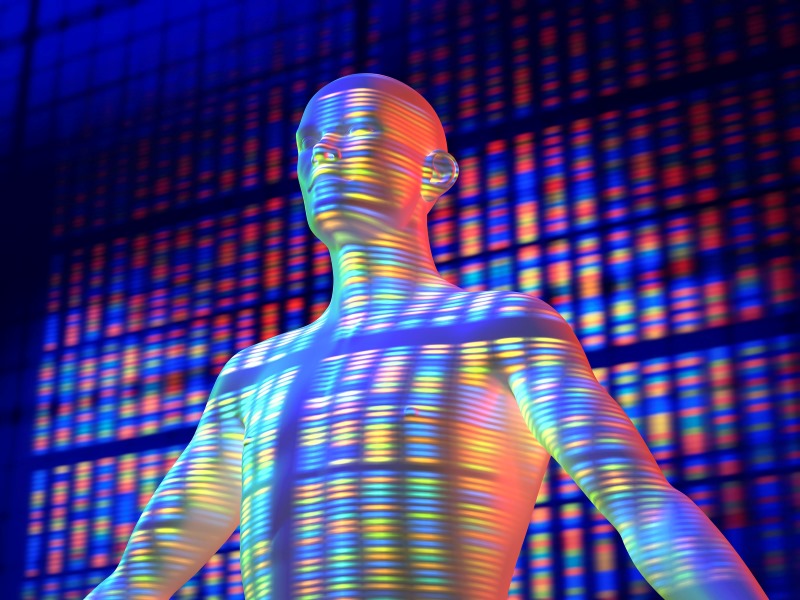About Congenital Chloridorrhea
Diarrhea 1, Secretory Chloride, Congenital, also known as chloride diarrhea, congenital, finnish type, is related to diarrhea 5, with tufting enteropathy, congenital and diarrhea, and has symptoms including diarrhea and watery diarrhea. An important gene associated with Diarrhea 1, Secretory Chloride, Congenital is SLC26A3 (Solute Carrier Family 26 Member 3), and among its related pathways/superpathways are Transport of inorganic cations/anions and amino acids/oligopeptides and Proximal tubule transport. Related phenotypes are failure to thrive and dehydration
Major Symptoms of Congenital Chloridorrhea
Chloridorrhea is a waterborne disease caused by a bacteria called Chloromonas. The main symptoms include difficulty urinating, turbid urine, odor, low back pain, bladder irritation, fever, etc. The disease is usually more common in children and can lead to kidney failure in severe cases.
Suitable Lifestyle for People with Congenital Chloridorrhea
Congenital Chloridorrhea is a rare genetic disorder that affects the balance of electrolytes in the body, leading to symptoms such as frequent urination, muscle weakness, and skin rash. In terms of lifestyle, it is important for the patient to maintain a balanced and healthy diet, including a sufficient intake of electrolytes and hydration. It is also advisable for the patient to drink plenty of fluids, especially water, to help flush out excess electrolytes from the body. Additionally, the patient should avoid activities that can lead to dehydration, such as excessive sweating or physical exertion. It is important to consult with a healthcare professional for proper diagnosis and treatment of Congenital Chloridorrhea.
Other Diseases
Congenital Hereditary Endothelial Dystrophy Type II Congenital Primary Aphakia Leber Congenital Amaurosis Non-Bullous Congenital Ichthyosiform Erythroderma Congenital Disorders of Glycosylation Type II Congenital Eye Anomalies Congenital Adrenal Hyperplasia LMNA-Related Congenital Muscular Dystrophy Congenital Malformations of The Nervous System in Children Congenital Stationary Night Blindness
Related Products


